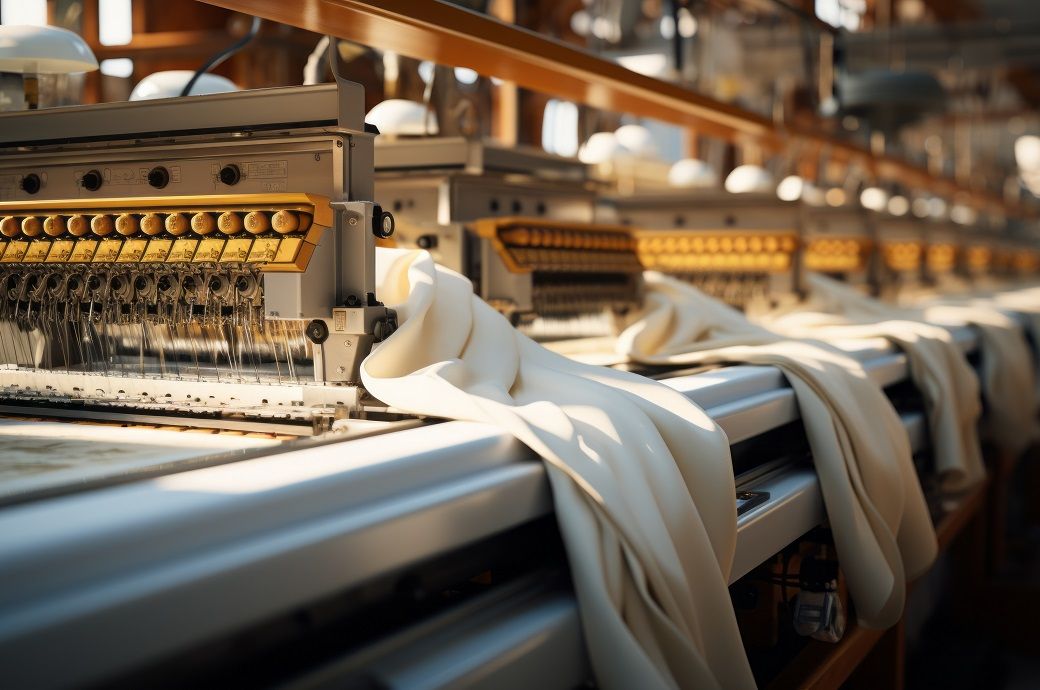Circadian Rhythms or “Biological clocks” are rhythmic changes that regulate our body’s physiology throughout a 24-hour-cycle. Changes in body temperature, blood chemistry, weight, mood, and other parameters are widely accepted as being caused by our body’s internal clocks.
Fluctuations in hormone levels, sleep patterns, and other behavioral changes are also attributed to the body’s biological clock. Essentially, pretty much every aspect of our physiology is driven by circadian rhythms. The clock’s existence has been observed not just in complex multicellular beings like humans, but also in single-cell organisms such as cyanobacteria.
However, very little is known about the biological clocks themselves, or their location within the body. Prior research suggests the circadian clock is part of neuron activity in portions of the brain’s hypothalamus.
Now, researchers at the University of California Santa Cruz have reconstituted the circadian clock from the cyanobacteria in a test tube to study its functioning. In a paper published in the journal Science, the researchers have said that studying the clock could help better understand how it exerts control over gene expression.

The researchers reconstituted the circadian clock in a test to study the interaction between its components. Credit: Andy LiWang
“Reconstituting a complicated biological process like the circadian clock from the ground up has really helped us learn how the clock proteins work together and will enable a much deeper understanding of circadian rhythms,” said Carrie Partch, corresponding author of the paper, and a professor of chemistry at UCSC.
According to Carrie, the circadian clocks from the cyanobacteria had similar molecular details to that of humans. Having a functioning circadian clock in a test environment, that responds to changes and which can be studied is a powerful tool for exploring the clock’s mechanisms.
The researchers conducted experiments on living cells to confirm that the results they getting from the test tube clock were consistent.
“These results were so surprising because it is common to have results in vitro (test tube) that are somewhat inconsistent with what is observed in vivo (living cells). The interior of live cells is highly complex, in stark contrast to the much simpler conditions in vitro,” said Andy LiWang, corresponding author of the paper and a professor of chemistry and biochemistry at UC Merced.
Cover Image: Shutterstock

:max_bytes(150000):strip_icc()/Health-GettyImages-1333230386-993ef5fca5994b69bda4b5eab71bf89d.jpg)



